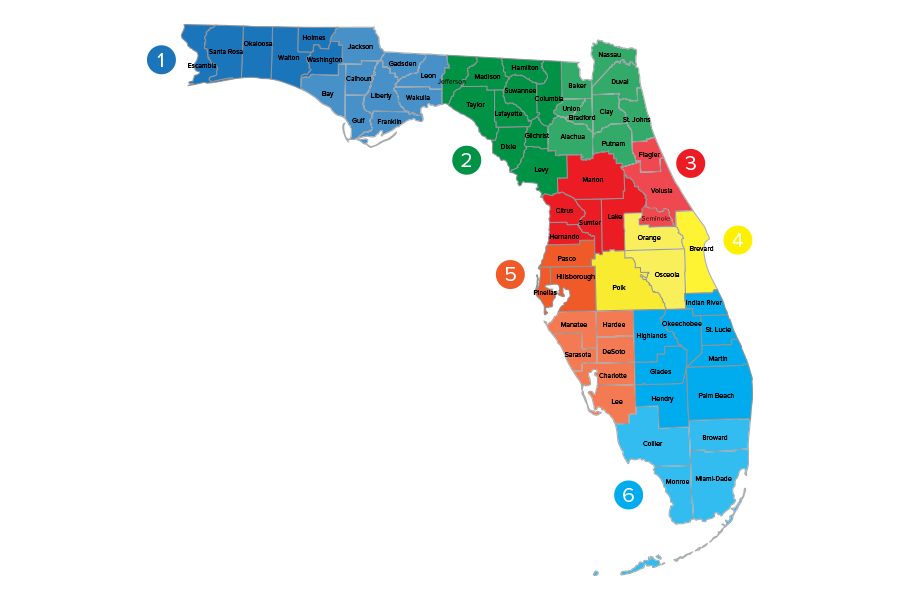FFA makes a positive difference in the lives of students by developing their potential for premier leadership, personal growth and career success through agricultural education.
As such, FFA is an integral part of agricultural education by helping make classroom instruction come to life through realistic, hands-on applications.
FFA members embrace concepts taught in agricultural classrooms nationwide, build valuable skills through hands-on experiential learning and each year demonstrate their proficiencies in competitions that showcase real-world agricultural skills.
Today’s FFA has evolved in response to expanded opportunities available in agriculture and its needs to hire skilled and competent employees for more than 300 careers. The organization helps students prepare for careers in business, marketing, science, communications, education, horticulture, production, natural resources, forestry and many other diverse fields.
The agricultural education program provides a well-rounded, practical approach to learning through three components: Classroom education, hands-on supervised agricultural career experiences, and FFA, which provides leadership opportunities and tests students’ agricultural skills.
The Florida FFA Association is governed by a board of directors comprised of teachers and students, charters local chapters and provides direction, program materials, and support for local chapters.
Its headquarters are in Gainesville, Florida, and its Leadership Training Center is located in Haines City, Florida.

